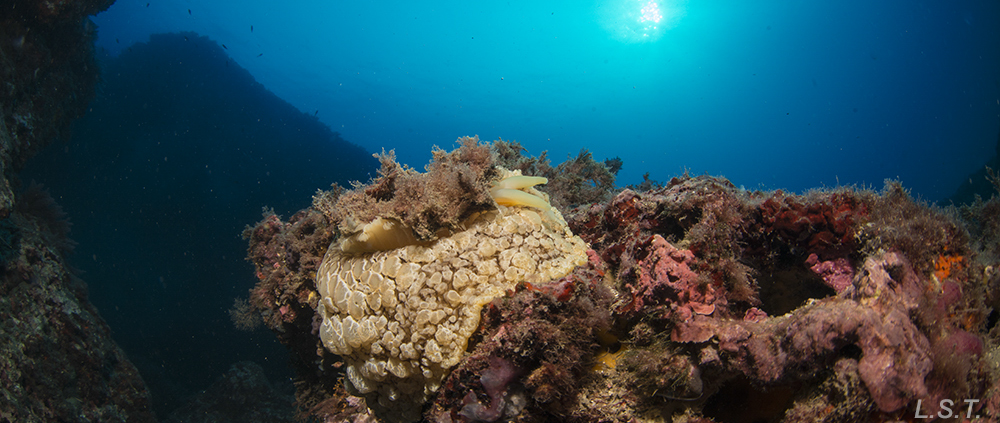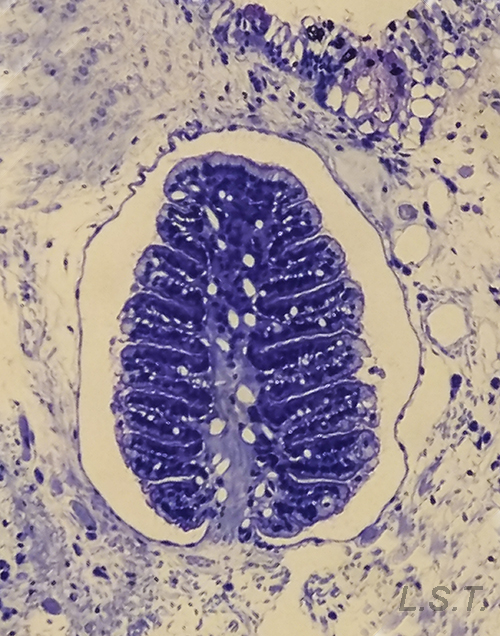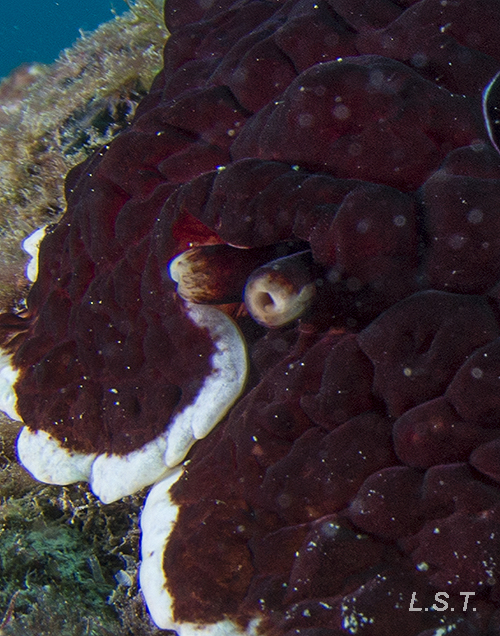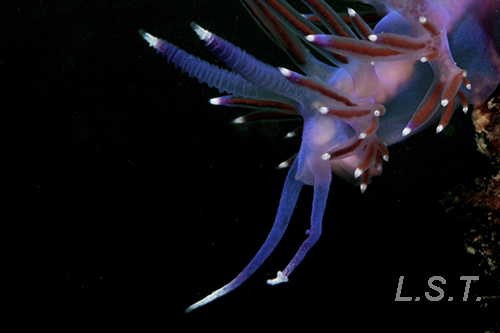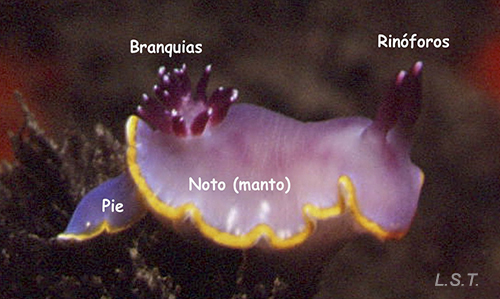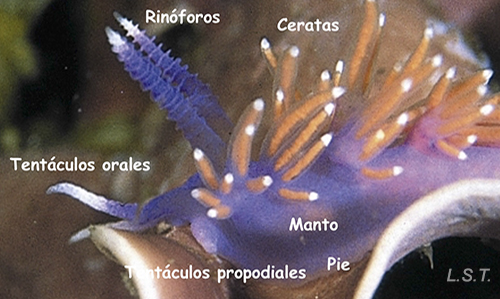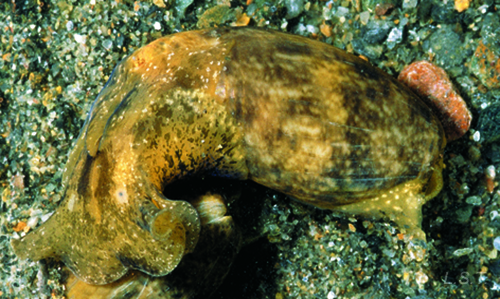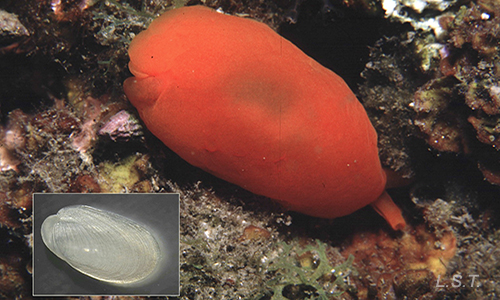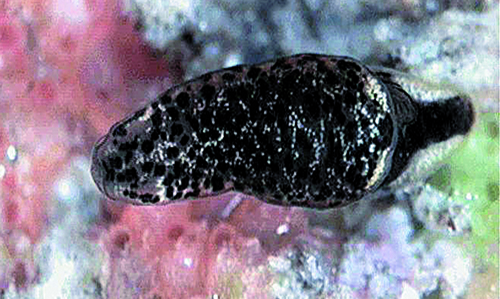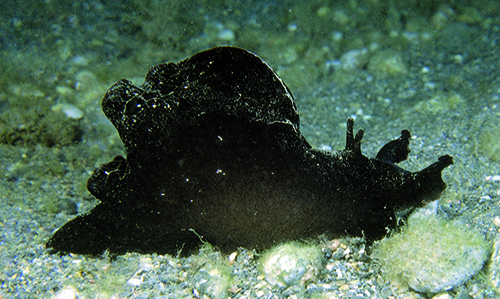Kingdom: Animalia; File: Mollusca; Class: Gastropoda; Subclass Heterobranchia
Infraclass OPISTHOBRANCHIA
The opisthobranchs are marine gastropod molluscs, some of which are from brackish waters, in which there has been a process of detortion,a reduction of the shell or its disappearance (marine slugs), a reduction of the paleal cavity and the acquisition of a bilateral symmetry
In the front part of the body are the rhinophores, which are chemoreceptor sensory organs, often with a multitude of lamellae to increase the contact surface with its surroundings. In some groups, such as doridaceans, they can retract them in case of danger.
|
|
|
|
|
Other sensory organs are the eyes, located at the base of the rhinophores, and a series of tentacles that can be found in the front part of the body, like the long oral tentacles that aeolides possess. The mantle or noto extends through the dorsal part and in the lower part is the foot. This usually has small tentacles in the front part, propodial tentacles, and ends in a pointed tail.
They move thanks to a mucous layer they secrete and a multitude of small cilia (ciliary mucous locomotion).
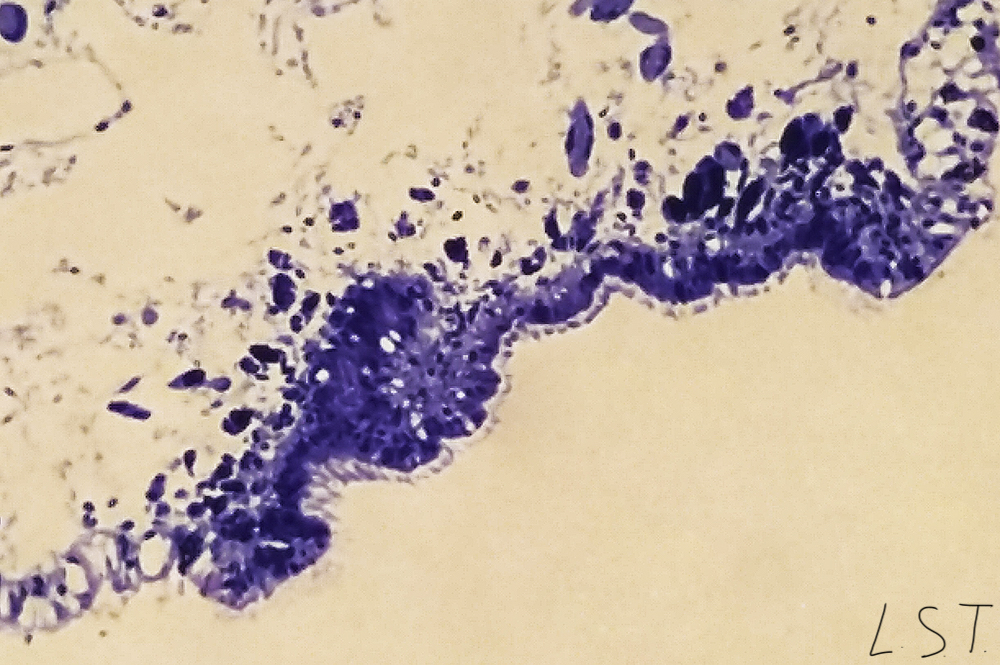
The aeolídidos, dendronotáceos and some sacoglosos, possess on the sides of the back some projections denominated ceratas. The gaseous exchange is through gills, ceratas or through the wall of the body. The doridáceos have developed a type of secondary gill located in the later part of the mantle and which surrounds the anus.
The shell, in those that conserve it, can be external and more or less spiralized, external and of pateliform or internal type, in this last case they are usually reduced and very little calcified.
|
|
|
The size of the opisthobranchs can vary from a few millimeters, as is the case of the species belonging to the genus Runcina, up to more than ten kilos in weight and almost a meter in length that the sea hare Aplysia vaccaria can reach. In our coastline the maximum size is held by the black sea hare (Aplysia fasciata), with about 40 cm. of length, while the rest of the species does not exceed, in general, 10 cm.
|
|
The area where it can be found is far reaching, from cold waters to tropical seas and from great depths to the surface. Most of the opisthobranchs are benthic but there are some groups and species which are pelagic. Benthic species can live on rocky bottoms, often under rocks (infralapidícolas), algae or seagrass beds and soft bottoms, in the latter usually buried.
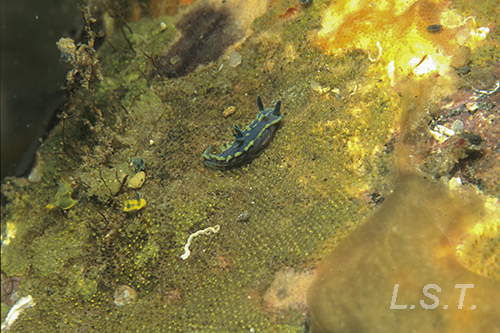
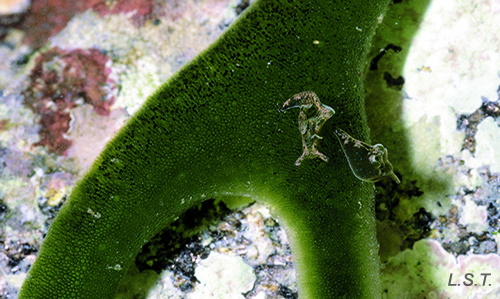 |
 |
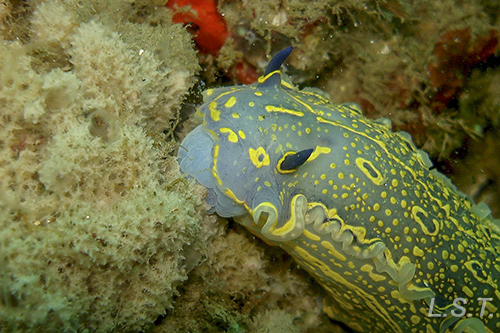 |
CLASIFICATION
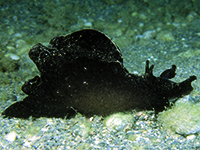 |
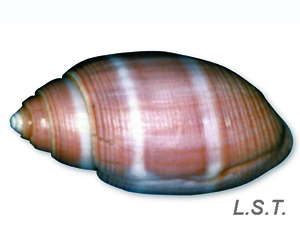 |
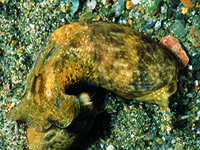 |
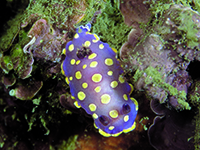 |
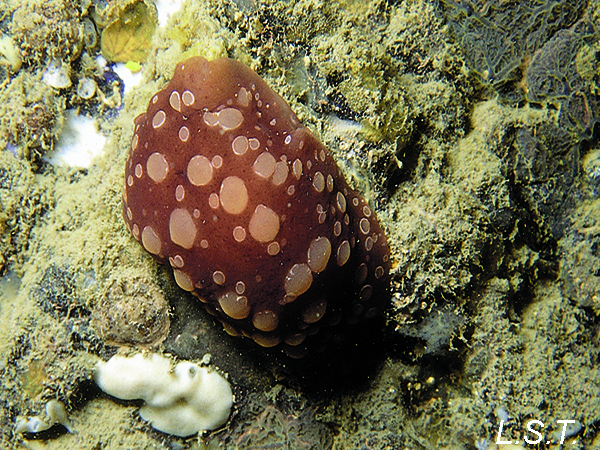 |
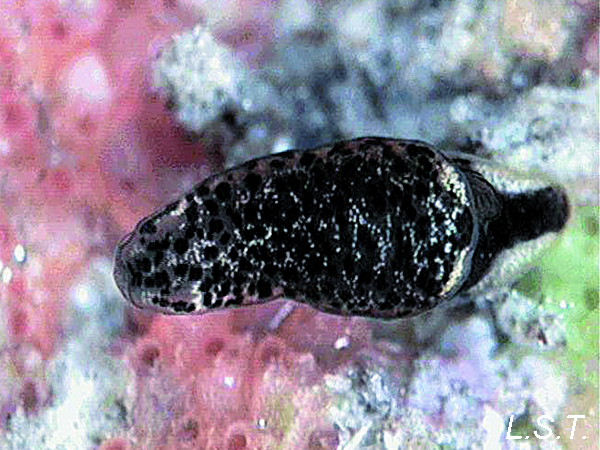 |
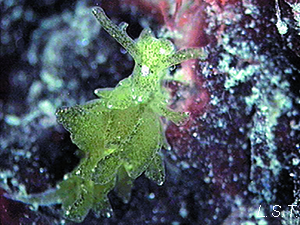 |
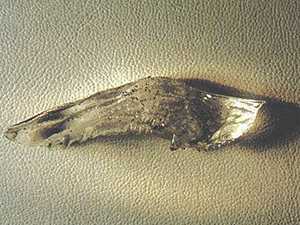 |
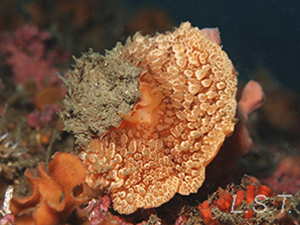 |
BIBLIOGRAPHY
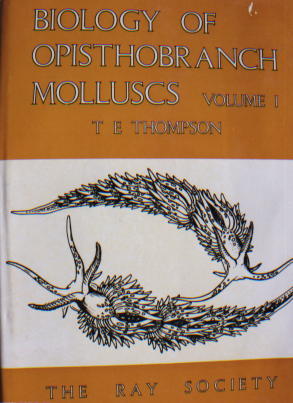 |
THOMPSOM, T.E. 1976. Biology of Opisthobranch Molluscs. vol I. Ray Society. London. 207 pp. | |
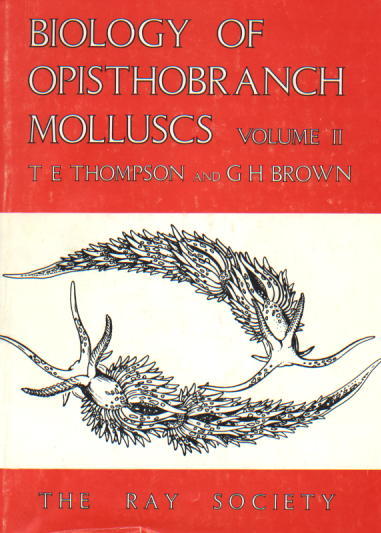 |
THOMPSOM, T.E. AND G.H. BROWN, 1984. Biology of Opisthobranch Molluscs. vol II. Ray Society. London. 229 pp. | |
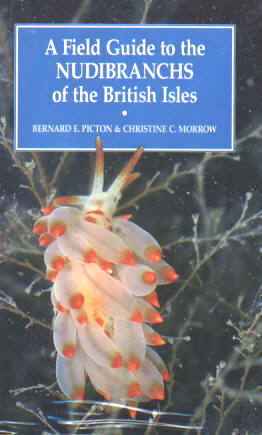 |
PICTON, B.E. and C.C., MORROW, 1994. A Field Guide to the Nudibranchs of the British Isles. Immel Publishing. London, 143 pp. | |
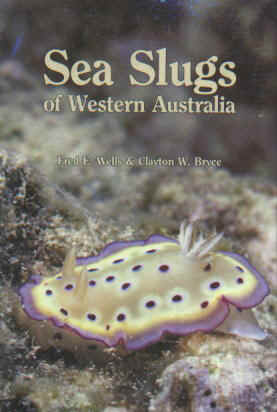 |
WELLS, F.E. y BRYCE, C.W., 1993. Sea Slugs of Western Australia. Western Australia Museum. 184 pp. | |
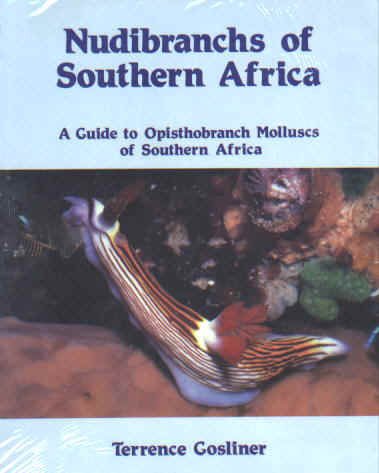 |
GOSLINER, T., 1987. Nudibranchs of Southern Africa.ea Challenger, Monterey, California.135 pp. | |
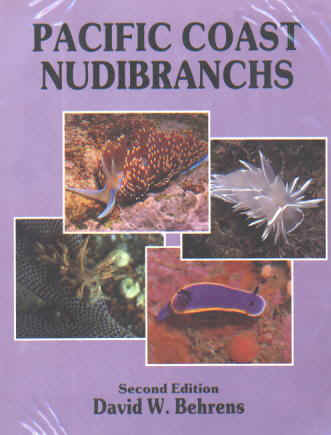 |
|
|
 |
CATTANEO VIETTI, R., CHEMELLO, R. AND R. GIANNUZI-SAVELLI, 1990. Atlas of Mediterran Nudibranchs. Editriee La Conchiglia. Roma. 264 pp. | |
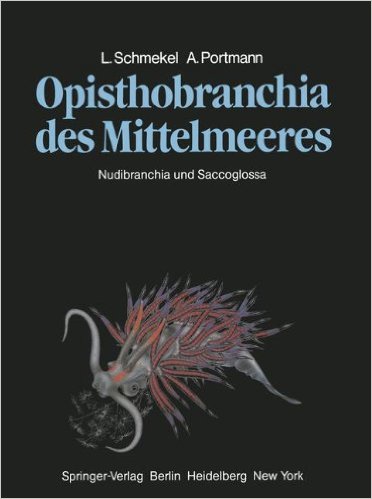 |
SCHMEKEL, L. and A. PORTMANN, 1982. Opisthobranchia des Mittelmeeres: Nudibranchia und Saccoglossa. Springer-Verlag Berlin. Heidelberg. 410 pp. |
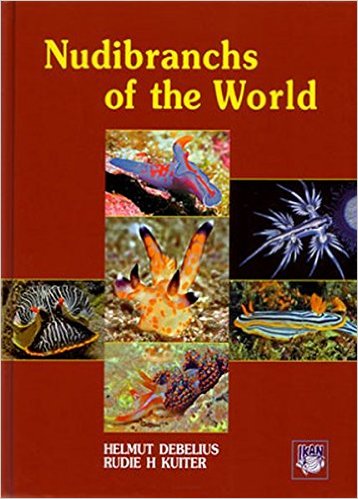 |
DEBELIUS, H. and R.H KUITER, 2007. Nudibranch of the World. Ikan-Unterwasserarchjiv. Frankfurt, Germany. 360 pp. |
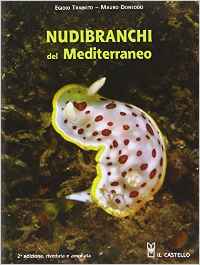 |
TRAINITO, E. and M. DONEDDU, 2014. Nudibranchi del Mediterraneo. Il Castello. Cornaredo, Milan. 189 pp. |
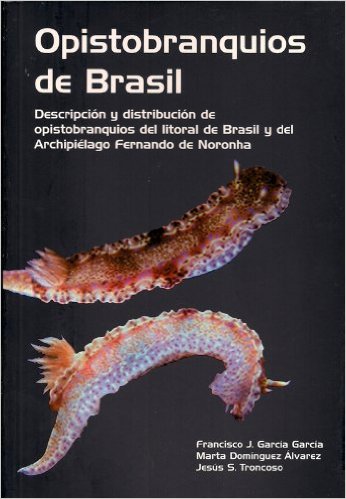 |
GARCÍA-GARCÍA, F., M. DOMINGUEZ GARCÍA and J. S. TRONCOSO, 2008. Opistobranquios de Brasil. Descripción y distribución de opistobranquios del litoral de Brasil y del Archipiélago Fernando de Noronha. Jesus S Troncoso y Francisco García García edts. Sevilla. 214 pp. |
 |
OCAÑA, A, L. SÁNCHEZ-TOCINO, F. VICIANA and S. LÓPEZ, 2000. Guía Submarina de Invertebrados no Artrópodos. Comares. Granada. 470 pp. |
| GARCÍA-GÓMEZ, J.C., 2002. Paradigmas de una Fauna Insólita. Instituto de Estudios Gibraltareños. Algeciras (Cádiz) 396 pp. | |
SCIENTIFIC PUBLICATIONS
Granada coastline
- Sánchez-Tocino, L., 2006. Opistobranquios. Fauna Andaluza. pp. 115-184. En TINAUT, A. y PASCUAL, F. (Coordinadores). Proyecto Andalucía. Naturaleza. Volumen XIV (Zoología II). Publicaciones Comunitarias, SL., Sevilla. ISBN: 84-933178-9-6
- Sánchez Tocino, L., Ocaña, A & García-García, F., 2000. Contribución al conocimiento de los moluscos opistobranquios de la costa de Granada. (sureste de la Península Ibérica). Iberus, 18(1):1-14.
General
- Cervera, J.L., Calado, G., Gavaia, C., Malaquias, M.A.E., Templado, J., Ballesteros, M., García-Gómez, J.C. & Megina, C.. (2004). An annotated and updated checklist of the opisthobranchs (Mollusca: Gastropoda) from Spain and Portugal (including islands and archipelagos). Bol. Inst. Esp. Ocean. 20, 1–111.
OTHERS PUBLICATIONS
WEBS OPISTOBRANCHIA
Spanish coastline
Miquel Pontes: Opisthobranquios M@Re Nostrum (Spain)
http://nudibranquioestrecho.blogspot.com.es/2015/07/que-son-los-nudibranquios.html
Opistobranquios de la costa de Granada
Mediterranean
European
C L E M A M Check List Of European Marine Mollusca
United States and Canada
Clinton Bauder's Nudibranchs From Monterey Area (USA)
Indopacific
Jeff Jefford's Philippine Nudibranch Site
Gordon Smith's Nudibranchs (Dubai In The UAE)
LUIS SÁNCHEZ TOCINO

